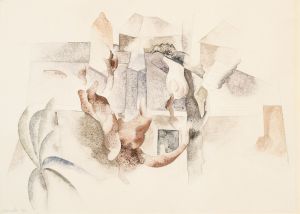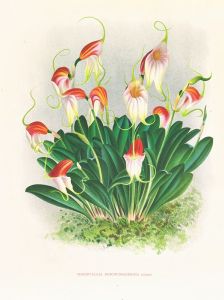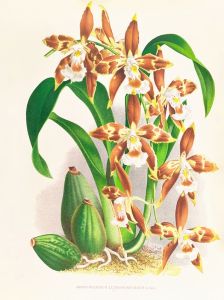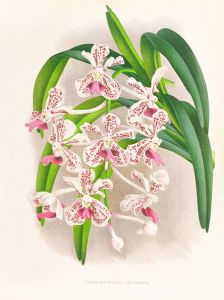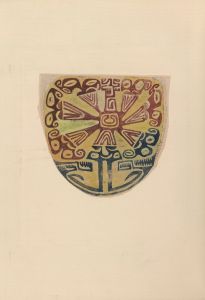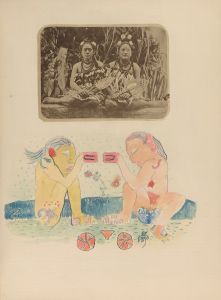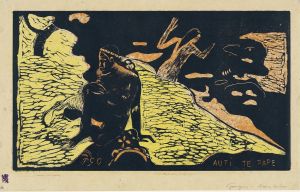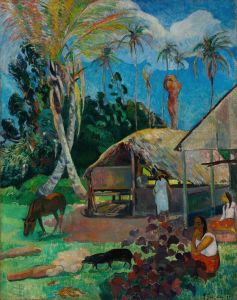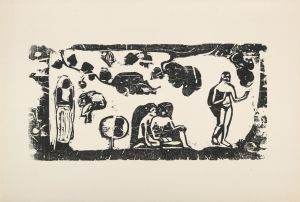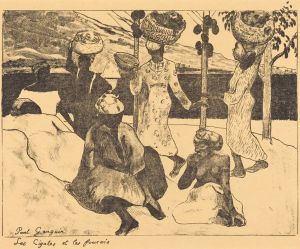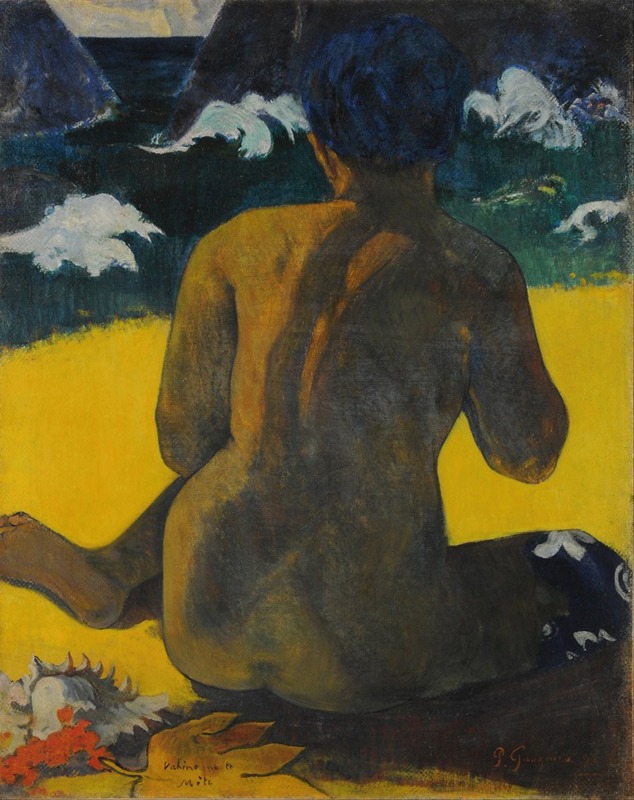
Vahine no te miti
A hand-painted replica of Paul Gauguin’s masterpiece Vahine no te miti, meticulously crafted by professional artists to capture the true essence of the original. Each piece is created with museum-quality canvas and rare mineral pigments, carefully painted by experienced artists with delicate brushstrokes and rich, layered colors to perfectly recreate the texture of the original artwork. Unlike machine-printed reproductions, this hand-painted version brings the painting to life, infused with the artist’s emotions and skill in every stroke. Whether for personal collection or home decoration, it instantly elevates the artistic atmosphere of any space.
"Vahine no te miti" (Woman of the Sea) is an oil painting created by French Post-Impressionist artist Paul Gauguin in 1892. The artwork was produced during Gauguin's first extended stay in Tahiti, a period that significantly influenced his artistic style and subject matter. This painting is one of many works in which Gauguin sought to capture the essence of Tahitian culture, landscapes, and people, often idealizing them through his own artistic lens.
The painting depicts a seated Tahitian woman wearing a traditional pareo, a type of wraparound garment. She is positioned against a backdrop of the sea, with the composition emphasizing her connection to the natural environment. Gauguin's use of bold colors, simplified forms, and flattened perspective reflects his departure from European artistic conventions and his embrace of a more symbolic and expressive style. The title, "Vahine no te miti," translates from Tahitian as "Woman of the Sea," underscoring the thematic link between the figure and the surrounding ocean.
Gauguin's time in Tahiti marked a turning point in his career, as he sought to escape what he perceived as the constraints of European civilization and immerse himself in what he considered a more "primitive" and unspoiled culture. However, it is important to note that Gauguin's portrayal of Tahitian life was often shaped by his own romanticized and subjective interpretations, rather than an accurate representation of the local culture and traditions.
"Vahine no te miti" is now housed in the Musée d'Orsay in Paris, France. The painting is considered an important example of Gauguin's Tahitian period and his broader contributions to the Post-Impressionist movement. It reflects his interest in exploring themes of identity, nature, and spirituality through a synthesis of Western and non-Western artistic influences.
As with many of Gauguin's works, "Vahine no te miti" has been the subject of both admiration and critique. While it is celebrated for its innovative use of color and form, it has also been scrutinized for its colonialist undertones and the artist's problematic relationships with the local population during his time in Tahiti. Despite these controversies, the painting remains a significant piece in the history of modern art, offering insight into Gauguin's artistic vision and the cultural dynamics of his era.






